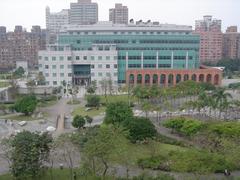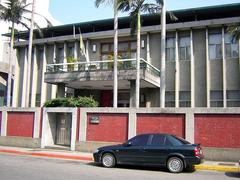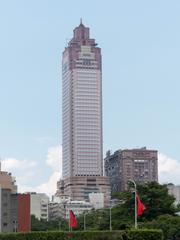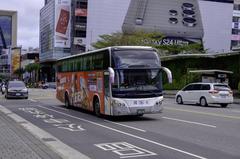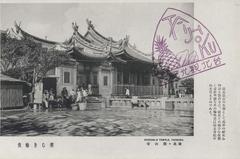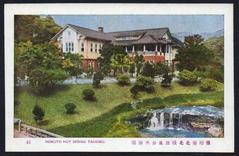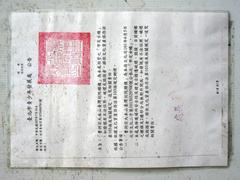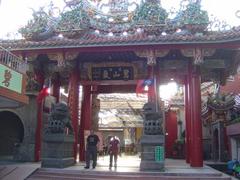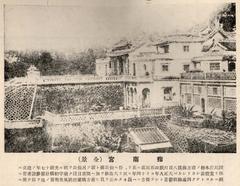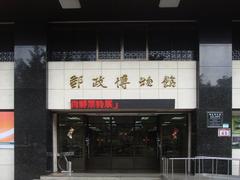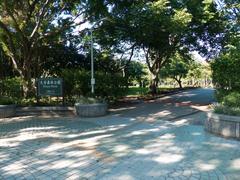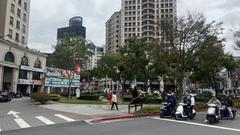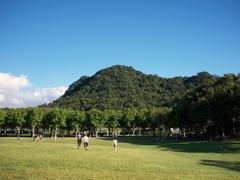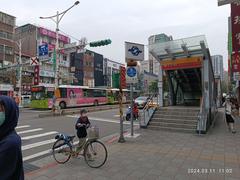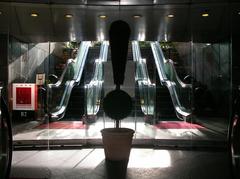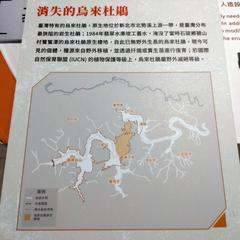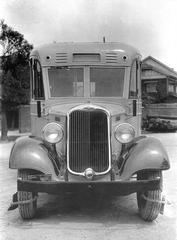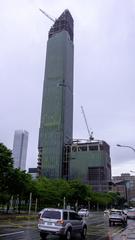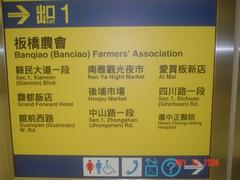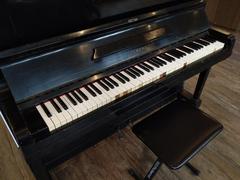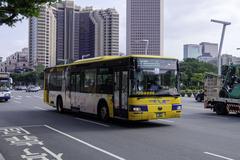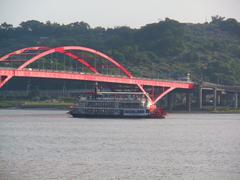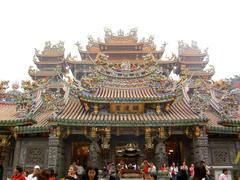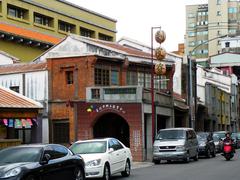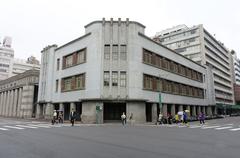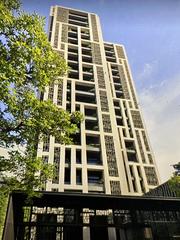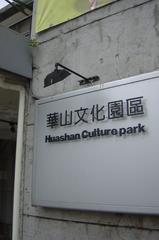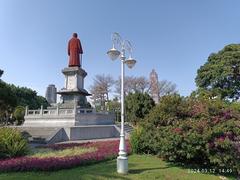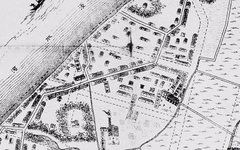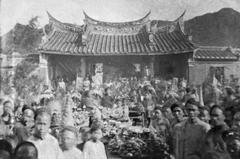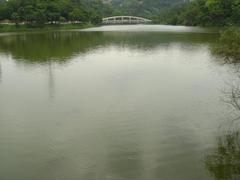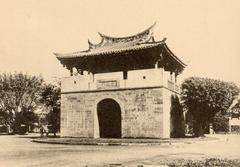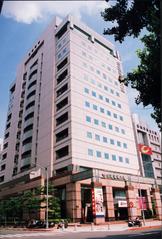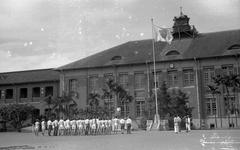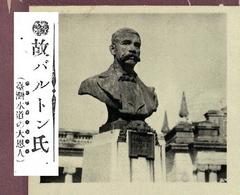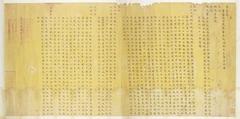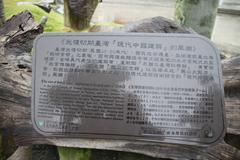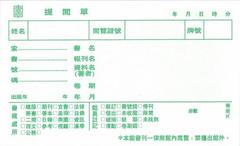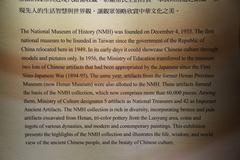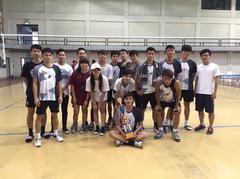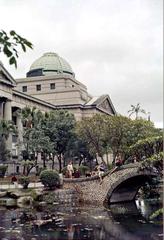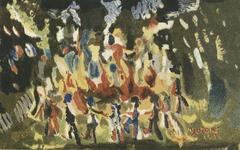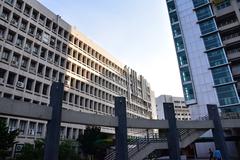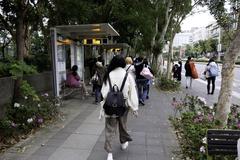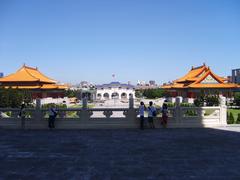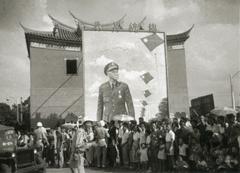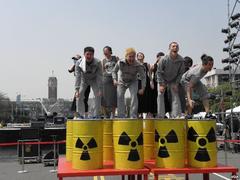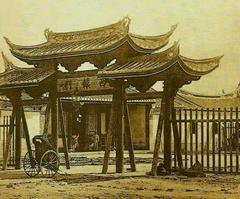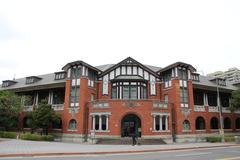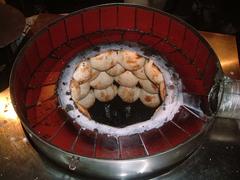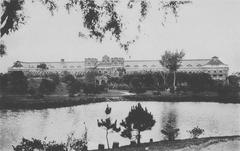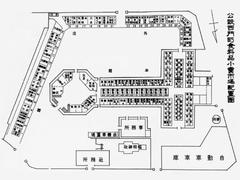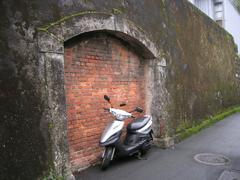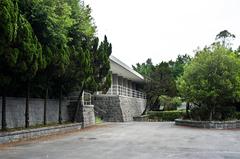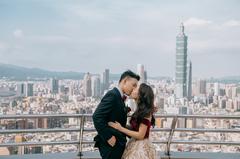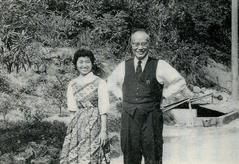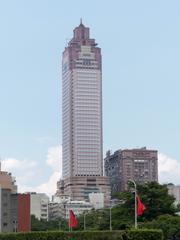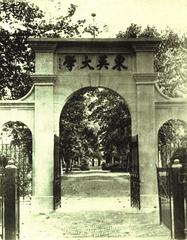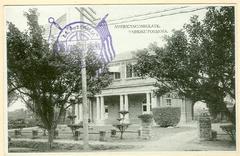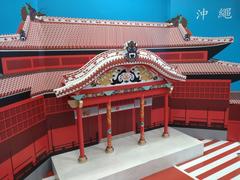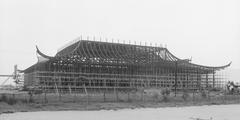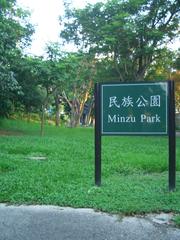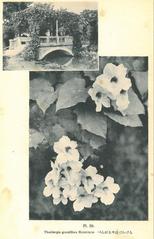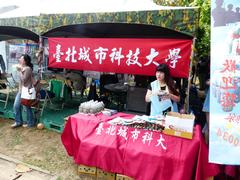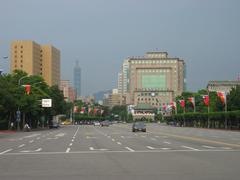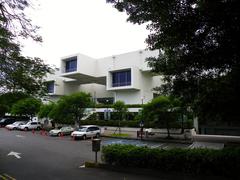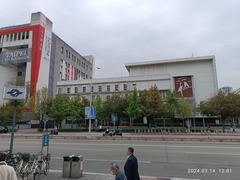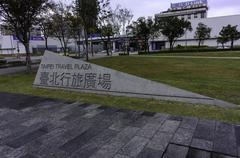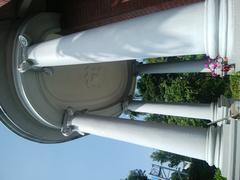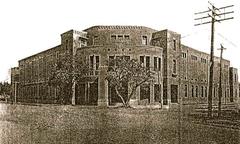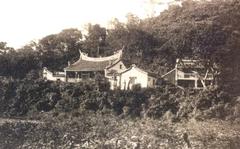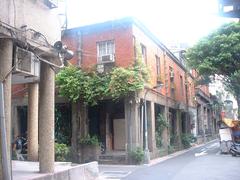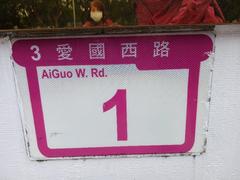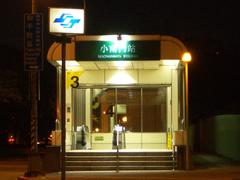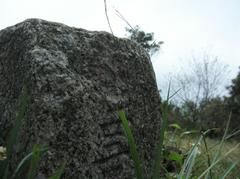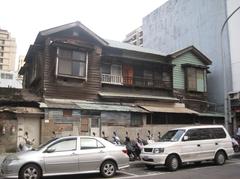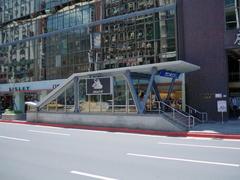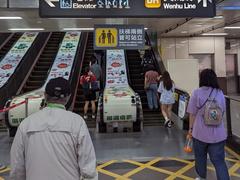Air Force Sanchong First Village Cultural Park in Taipei, Taiwan: A Comprehensive Study
Date: 18/07/2024
Introduction
Nestled in Taipei’s Sanchong District, the Air Force Village No.1, also known as 空軍三重一村眷村文化園區, stands as a poignant symbol of Taiwan’s complex history and cultural evolution. Originally established as a military dependents’ village, or juancun (眷村), this site has undergone a remarkable transformation from a housing solution for displaced military families to a vibrant cultural park. The village offers an insightful glimpse into the lives of the Republic of China (ROC) Air Force personnel and their families who fled mainland China in the late 1940s following the Chinese Civil War (Visiting Air Force Village No.1) (Discover the Cultural Significance) (Exploring Air Force Triple Village).
The site’s history stretches back to the Japanese colonial period (1895-1945), when it was part of a larger military complex. Post-World War II, the ROC Air Force took over, and the village was officially established in 1949 to accommodate the influx of military personnel. Over the decades, Air Force Village No.1 has evolved to reflect the socio-economic transformations of Taiwan, from its early days of cramped housing and communal living to its current status as a preserved cultural landmark (Visiting Air Force Village No.1).
Today, visitors can explore well-preserved houses, communal spaces, and artifacts that offer a tangible connection to Taiwan’s past. The village also serves as a hub for artistic expression and cultural exchange, hosting various events, workshops, and exhibitions that celebrate the rich traditions of the juancun communities. This cultural park not only preserves the architectural and social fabric of the past but also fosters a deeper understanding of the challenges and triumphs faced by the juancun generation (Discover the Cultural Significance).
Table of Contents
- Introduction
- History and Significance
- Visitor Information
- Travel Tips
- Nearby Attractions
- Conclusion
- FAQ
- References
History and Significance
Japanese Colonial Period (1895-1945)
The history of Air Force Village No.1 is deeply intertwined with Taiwan’s turbulent 20th century. The site was originally part of a larger military complex established during the Japanese colonial period. Recognizing Taiwan’s strategic importance, the Japanese constructed the Tainan Air Base in 1939, which included the area that would later become Air Force Village No.1. This base played a significant role in the Pacific War, serving as a crucial launching point for Japanese air raids on Allied positions in Southeast Asia and China.
Post-World War II and the Arrival of the Republic of China Air Force
Following Japan’s defeat in World War II, Taiwan was returned to Chinese control under the Republic of China (ROC) government. The ROC Air Force took over the former Japanese air base, including the existing infrastructure. With the Chinese Civil War raging on the mainland, a large influx of military personnel and their families began arriving in Taiwan in the late 1940s. To accommodate this sudden surge in population, the ROC government constructed numerous military dependents’ villages, known as juancun (眷村), near military bases across the island.
Establishment and Early Years of the Air Force Village No.1
The Air Force Village No.1 was one such juancun, built in 1949 adjacent to the Tainan Air Base. The village provided housing for ROC Air Force personnel and their families, offering a sense of community and support in a new and unfamiliar land. The early residents of the village were predominantly from mainland China, bringing with them a diverse mix of cultures, languages, and traditions. Life in the village was characterized by a strong sense of camaraderie as residents adapted to their new surroundings and navigated the challenges of displacement and resettlement.
Transformation and Growth of the Village
Over the following decades, the Air Force Village No.1 grew and evolved alongside Taiwan’s rapid economic and social transformation. The village expanded to encompass over 70 houses, accommodating a growing population. Residents established small businesses and shops within the village, catering to the daily needs of the community. The village became a microcosm of Taiwanese society, reflecting the island’s unique blend of mainland Chinese and indigenous Taiwanese influences.
Challenges and Resilience
Despite the strong sense of community, life in the Air Force Village No.1 was not without its challenges. The houses, initially built as temporary accommodations, were often cramped and lacked modern amenities. The village’s proximity to the air base also meant that residents lived with the constant roar of aircraft overhead. However, the residents displayed remarkable resilience and adaptability, creating a vibrant and close-knit community within the confines of the village.
Preservation and Transformation into a Cultural Park
As Taiwan transitioned into a democratic society in the late 20th century, the role and significance of juancun began to be reevaluated. Recognizing the unique historical and cultural value of these communities, the Taiwanese government initiated efforts to preserve and revitalize select juancun across the island. The Air Force Village No.1, with its well-preserved architecture and rich history, was chosen as one such site for preservation.
Visitor Information
- Visiting Hours - The Air Force Village No.1 is open daily from 9 AM to 5 PM.
- Tickets - Admission is free, but donations are welcome to support the preservation efforts.
- Guided Tours - Guided tours are available on weekends and public holidays. Check the official website for scheduling and booking.
- Special Events - The village hosts various cultural events and exhibitions throughout the year. Visitors are encouraged to check the event calendar on the official website for the latest updates.
Travel Tips
- Accessibility - The site is wheelchair accessible, and ramps are available at most entrances.
- Best Time to Visit - The best time to visit is during the cooler months from October to March. Weekdays are less crowded compared to weekends.
- Photography - Photography is allowed, but please be respectful of the space and other visitors.
Nearby Attractions
- Tainan Air Base - Explore the historic air base that played a significant role during the Japanese colonial period.
- Chiang Kai-shek Memorial Hall - A major landmark in Taipei, offering a deep dive into Taiwan’s post-war history.
- Dihua Street - A historic street known for its traditional shops and architecture, perfect for a leisurely stroll.
Conclusion
Air Force Village No.1 in Taipei is more than just a historical site; it is a living testament to Taiwan’s rich cultural heritage and the enduring spirit of its people. From its origins as a military base during the Japanese colonial period to its current status as a vibrant cultural park, the village encapsulates the resilience and adaptability of the juancun communities who forged new lives in Taiwan amidst significant upheaval. Visitors today can immerse themselves in the village’s unique blend of mainland Chinese and indigenous Taiwanese influences, exploring traditional homes, informative exhibitions, and engaging cultural events (Exploring Air Force Triple Village).
The preservation of Air Force Village No.1 serves as a powerful reminder of the importance of community, unity, and shared history. By offering a space for reflection and dialogue, the village encourages visitors to understand and appreciate the complex narratives that have shaped Taiwan’s identity. Whether you’re a history enthusiast, an art lover, or simply seeking a unique cultural experience, a visit to this village promises to be both enlightening and inspiring (Visiting Air Force Village No.1) (Discover the Cultural Significance).
FAQ
- What are the visiting hours for Air Force Village No.1?
- The village is open daily from 9 AM to 5 PM.
- Is there an admission fee?
- Admission is free, but donations are welcome.
- Are guided tours available?
- Yes, guided tours are available on weekends and public holidays. Check the official website for details.
- Can I take photos?
- Yes, photography is allowed, but please be respectful of the space and other visitors.
- What are some nearby attractions?
- Nearby attractions include the Tainan Air Base, Chiang Kai-shek Memorial Hall, and Dihua Street.
References
- Visiting Air Force Village No.1 in Taipei - History, Tickets, and Tips, 2023, Author (source1)
- Discover the Cultural Significance and Visitor Information for Air Force Village No. 1 in Sanchong District, 2023, Author (source2)
- Exploring Air Force Triple Village Cultural Park - Visiting Hours, Tickets, and Key Attractions in Taipei, 2023, Author (source3)
